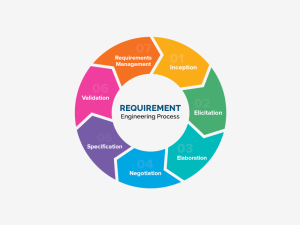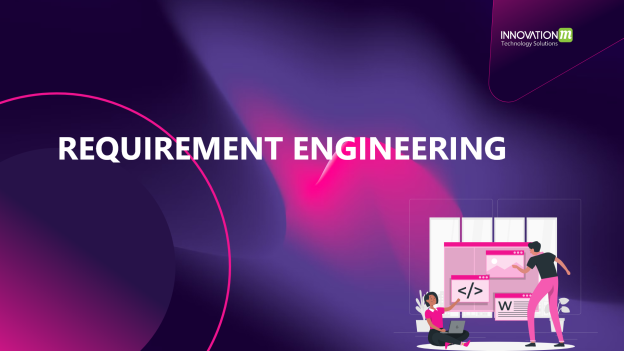In the realm of software development, Requirement Engineering (RE) stands as a critical and foundational process that lays the groundwork for successful project outcomes. Requirements engineering is the process of identifying, analyzing, specifying, validating, and managing the needs and expectations of stakeholders for a software system. In this blog, we’ll dive into the world of Requirement Engineering, exploring its significance, key processes, challenges, and best practices.
Understanding Requirement Engineering: A Foundation for Success
Imagine building a house without a blueprint. Sounds chaotic, doesn’t it? The same principle applies to software development. Requirement Engineering is the systematic process of understanding, documenting, and managing the needs and expectations of various stakeholders for a software system.
Key Processes in Requirement Engineering:
Elicitation: This involves gathering requirements from stakeholders, which may include end-users, clients, domain experts, and developers. Techniques like interviews, surveys, workshops, and brainstorming sessions are commonly used.
Analysis: Once gathered, requirements are carefully analyzed to ensure they are coherent, complete, feasible, and consistent. Conflicting requirements are identified and resolved at this stage.
Specification: Clear and unambiguous documentation of requirements is essential. This documentation can take the form of textual descriptions, use cases, diagrams, or prototypes.
Validation: It’s crucial to validate requirements to ensure that they accurately represent stakeholders’ needs. Validation can involve peer reviews, walkthroughs, and even creating prototypes for user feedback.
Verification: Verification ensures that the specified requirements have been correctly implemented in the software system. Testing, inspections, and other quality assurance activities fall under this phase.
Management: As the project evolves, requirements may change. Managing these changes involves assessing their impact, ensuring proper documentation updates, and communicating changes to stakeholders.
Challenges in Requirement Engineering:
Incomplete Requirements: Ambiguities or gaps in requirements can lead to misunderstandings and project failures.
Changing Requirements: As projects progress, stakeholders might change their minds or realize new needs, leading to scope creep. Managing these changes effectively is a challenge.
Conflicting Requirements: Different stakeholders may have conflicting requirements, making it challenging to find common ground.
Overlooking Non-Functional Requirements: Apart from the functional requirements, non-functional requirements like performance, security, and usability are often overlooked but are equally critical.
Best Practices in Requirement Engineering:
Stakeholder Involvement: Engage stakeholders from various backgrounds to ensure a comprehensive understanding of needs.
Clear Documentation: Use clear and concise language to document requirements. Visual aids like diagrams and prototypes can enhance understanding.
Validation and Verification: Regularly validate and verify requirements to ensure accuracy and alignment with stakeholders’ expectations.
Change Management: Implement a structured process for managing changes to requirements, and evaluating their impact before implementation.
Collaboration: Foster collaboration among team members to ensure a shared understanding of requirements and avoid misunderstandings.
Conclusion: Building a Bridge to Success
Requirement Engineering is more than just a documentation process. it’s the foundation upon which successful software projects are built. It transforms abstract ideas into concrete plans, guiding the development team toward creating software that truly meets stakeholders’ needs.

 End to End Technology Solutions
End to End Technology Solutions
